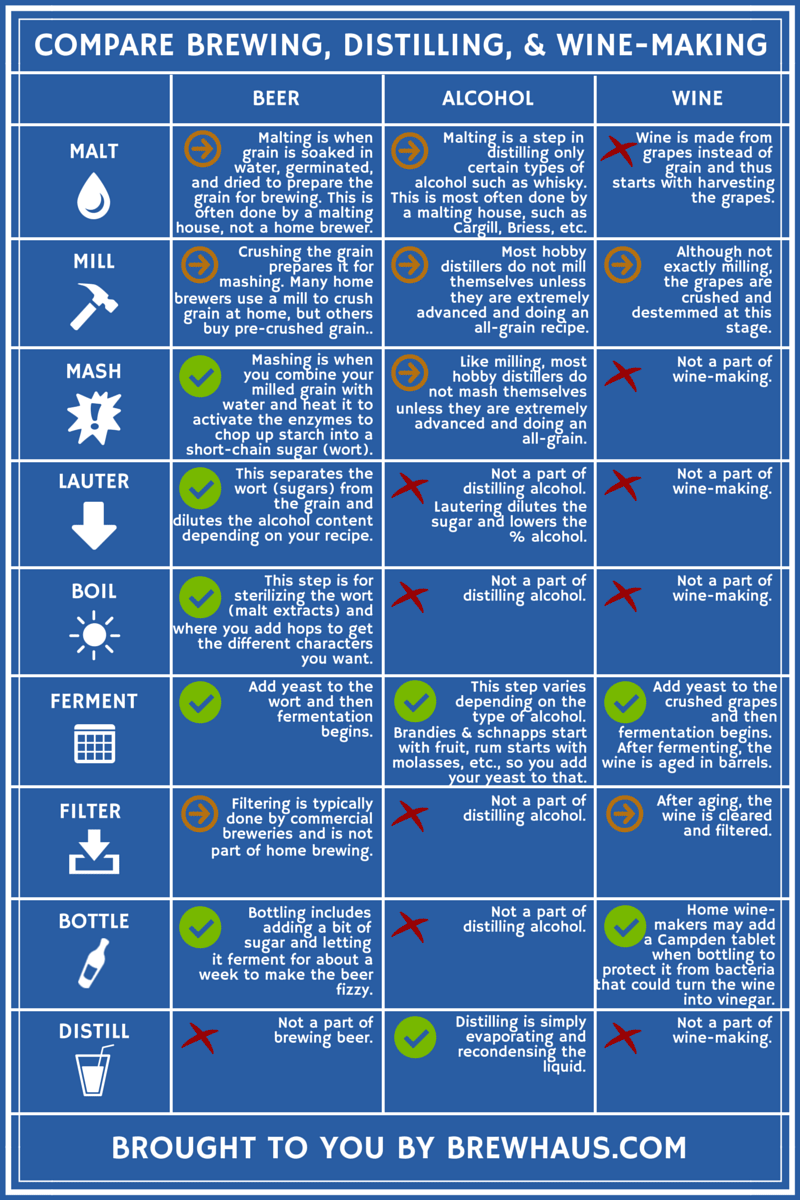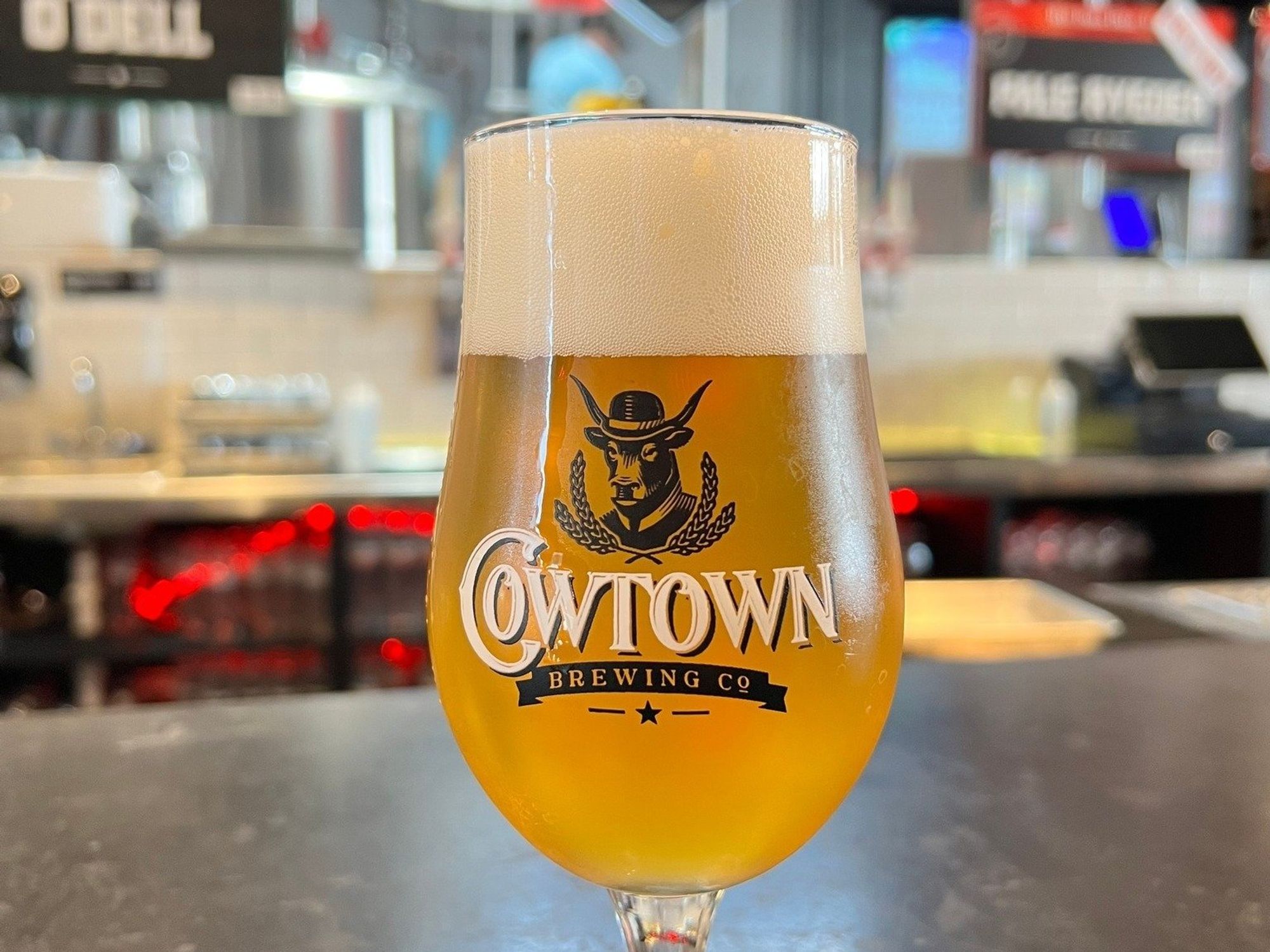The Ultimate Distillery Experience: From Grain to Glass, Everything You Need to Know
Getting started on a journey via the complexities of the distillery procedure unveils a globe where science meets artistry in the development of spirits. From the cautious selection of grains to the careful crafting of each bottle, every action in the production line plays a vital duty in forming the last product that beautifies our glasses.
The Art of Grain Selection
Selecting the ideal grains is a critical step in the distillation procedure, identifying the taste profile and top quality of the final item. The type of grain selected considerably influences the character of the spirit being generated - Distillery in Galveston. Usual grains utilized in purification consist of barley, wheat, corn, and rye, each imparting distinct flavors and features to the final product

Beyond flavor considerations, the top quality and purity of the grains are extremely important. Distillers carefully resource grains to guarantee they are devoid of contaminants and possess the necessary starch material for fermentation. By mastering the art of grain choice, distillers lay the structure for creating phenomenal spirits that captivate the palate.
Distillation Process Demystified
Having actually established the structure with meticulous grain option, the distillation procedure arises as the transformative stage where the significance of the picked grains is unlocked and fine-tuned right into a spirited kind. The procedure doesn't end there; several purification runs or added steps such as aging in barrels might even more refine the spirit, improving its taste, character, and complexity. Comprehending the details of the distillation process is critical for generating high-quality spirits that captivate connoisseurs and lovers alike.
Barrel Aging and Flavor Growth
Throughout the barrel aging procedure, spirits go through a transformative trip as they engage with the wood, soaking up nuanced tastes and developing a rich complexity. As spirits age in the barrels, they draw out substances such as vanillin, lignin, and tannins from the timber, contributing to the growth of scents like vanilla, sugar, seasoning, and even hints of toasted oak.
Additionally, the aging procedure enables oxidation to occur, bring about further chain reaction that smooth the spirit and complete any harsh sides. The porous nature of timber also enables the spirit to breathe, helping with the combination of flavors over time. Depending upon the period of aging and environmental conditions like temperature and humidity, spirits can acquire different attributes, from subtle timber notes to deep, complex tastes that make each set unique. Inevitably, barrel aging plays a crucial duty in forming the distinctive preference profile of each spirit, providing a sensorial trip for aficionados visite site to savor.
Workmanship in Bottling and Identifying
As spirits reach their optimum taste accounts through barrel aging, the thorough craftsmanship in labeling and bottling comes to be the following essential step in offering a premium product to customers. The procedure of bottling and identifying is a vital facet of the total distillery experience, as it is the final touchpoint prior to the product gets to the hands of customers (Seawall Bar). Craftsmanship in bottling involves guaranteeing that each bottle is loaded precisely with the spirit, thinking about factors such as uniformity in fill degrees and the avoidance of any impurities getting in the container

Sampling and Valuing Great Spirits
To fully value fine spirits, one need to involve all the senses in a purposeful and conscious sampling experience. When tasting fine spirits, it is important to her comment is here start by observing the spirit's appearance. Note the color, quality, and viscosity of the fluid in the glass. Swirl the spirit gently to launch its aroma. The nose is a crucial feeling in tasting spirits; take a moment to breathe in the complex fragrances deeply. Next off, take a tiny sip and allow it stick around on your taste buds. Focus on the various flavors that unravel - from fruity and wonderful notes to spicy or smoky touches. Consider the mouthfeel, keeping in mind if the spirit is smooth, creamy, or fiery. Swish the spirit in your mouth to fully experience its appearance and preference. Ingest slowly and value the lingering coating. Fine spirits commonly leave an enjoyable aftertaste that can disclose also extra regarding the craftsmanship and quality of the beverage. By engaging all your senses in this way, you can genuinely appreciate and value the complexities of fine spirits.
Verdict
In final thought, the distillery experience incorporates the complex art of grain selection, the precise purification process, the transformative barrel aging, the meticulous workmanship in bottling and labeling, and the advanced technique of tasting and valuing fine spirits. Each action in the production procedure plays a critical function in creating high-grade spirits that captivate the detects and delight lovers worldwide.
The kind of grain selected significantly influences the personality of the spirit being produced. By understanding the art of grain selection, distillers lay the structure for creating outstanding spirits that captivate the taste buds.
